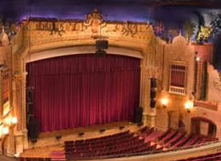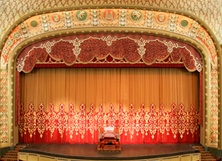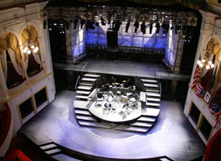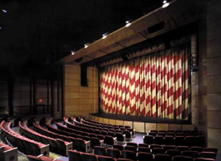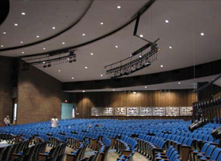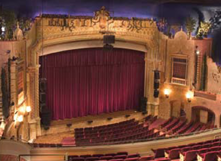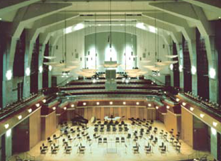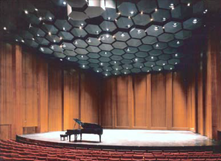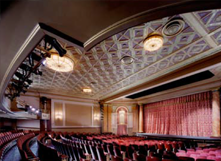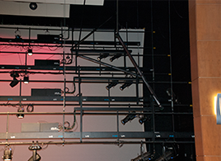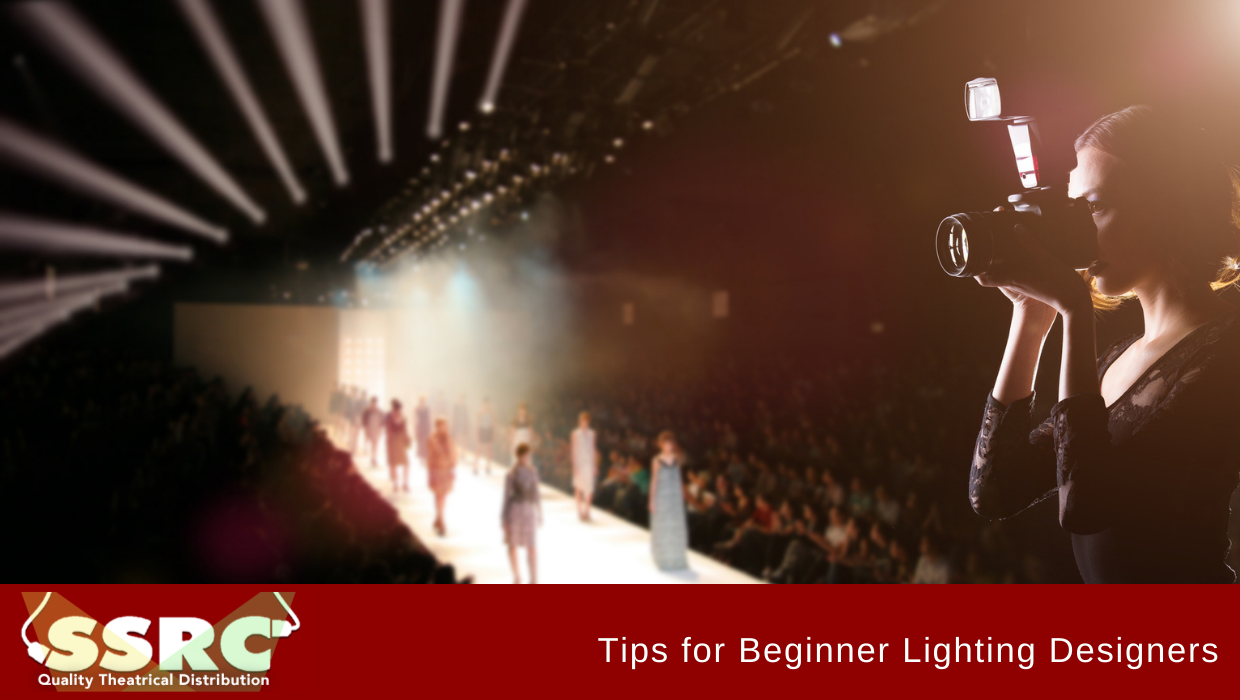
Tips for Beginner Lighting Designers
Designing lighting for any venue or environment can feel like a daunting task! If you are overwhelmed by the thought of it, you are not alone. Remember that everyone had to start somewhere, including lighting designers.
Whether you hope to gain a better understanding of lighting design as you get into the world of directing and producing or you are discovering that lighting design may be a new passion, there are a few considerations to keep in mind.
So where does a lighting designer begin? As with most everything else in life, you start at the beginning!
Resources Abound for Beginners
Before touching your first control board or schematics template, the most important step is to learn from those who have gone before you. There are countless lighting design books, blogs, videos, and guides that quickly turn novices into pros.
Doing a little research with turn up a handful of resources that are based on a production house and the level of equipment like your own. Of course, to know what you have at your disposal, you will need to do an inventory of the rigs in your space.
If there is not a well-documented lighting inventory and schematic already, those who come after you will be grateful that you took the time to create one!
Once you have a grasp on the capabilities of your venue, begin to decide the feel of each scene in the production. In this step, inspiration will go a long way. Take a look at similar productions to get a good idea of what you think creates the right—and wrong—mood for your own show.
Detailed Delivery is Critical to Design
After a lighting designer determines the mood for each scene and segment of the production for which you are designing, begin to sync cues with the script or run of show. Timing is just as important as programming when it comes to designing lighting.
The right design at the wrong time is still wrong. Some details to consider when timing out the design include:
- The use of blackouts
- Duration of fades
- Using houselights during transitions on stage
Once you implement your lighting design, everyone will think you are an expert and come to you for tips!
Many novice designers will desire updated equipment as they finalize their design. For more on the latest lighting products get in touch with us online today!
Posted by marketing
Recent Posts
Archives
- January 2022
- December 2021
- November 2021
- October 2021
- May 2021
- April 2021
- March 2021
- February 2021
- January 2021
- October 2020
- September 2020
- August 2020
- July 2020
- June 2020
- April 2020
- March 2020
- January 2020
- November 2019
- October 2019
- August 2019
- July 2019
- May 2019
- April 2019
- March 2019
- February 2019
- January 2019
- November 2018
- October 2018
- September 2018
- August 2018
- July 2018
- June 2018
- May 2018
- April 2018
- March 2018
- January 2018
- December 2017
- October 2017
- September 2017
- August 2017
- July 2017
- June 2017
- July 2016
- June 2016
- May 2016
- March 2016
